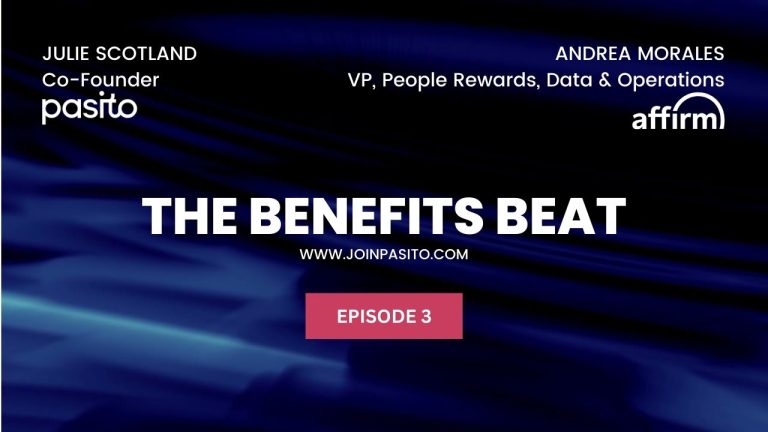Did you know that the cost of college is rising at a rate more than twice the rate of inflation? You have probably considered ways of saving to help your children get their degree without the burden of student loans. A 529 plan is the most common way parents save for college.
However, did you know that a 529 plan can also be used for private primary and secondary education expenses? A 529 for private school might be the tool you need to optimize your personal finances.
Continue reading to learn more about the basics of a 529 Plan. We also cover how to use a 529 account to save for private school expenses, building your tax savings as you go.

What is a 529 plan?
A 529 plan is a tax-advantaged savings plan. The most common education savings plan is the 529 account. The government allows you to use savings in a 529 account for qualified higher education expenses or tuition for elementary or secondary public, private, or religious schools.
If you are curious as to where the name “529 Plan” comes from, it’s from Section 529 of the Internal Revenue Code. Creative bunch, huh? While 529 plans are made possible at the Federal level, it is essential to know that 529 education savings plans are state-sponsored. The tax benefits and rules are heavily dependent upon your state of residence.
The benefits of 529 plans
- Similar to a Roth IRA for Kids, you fund a 529 plan for private school with after-tax dollars
- You can withdraw all contributions and earnings tax-free if used for qualified education expenses. There will be no capital gains taxes on your investment earnings, which is a great incentive to save
- You may be eligible for additional tax incentives for your contributions depending upon your state of residence
The drawbacks of 529 plans
- If you make withdrawals for non-qualifying expenses you will have to pay taxes and a 10% penalty on the earnings portion. This disincentivizes using your savings in 529 accounts for anything other than your child’s education
- Also, for non-qualifying withdrawals, you may have to pay state taxes if a deduction or credit was claimed for the contributions
Making your plan

As with most things in life, you will want to have a plan if considering a 529 plan for private school. Your plan will depend on the age of your children or possibly grandchildren, your educational goals and priorities, your ability to save, and the state you live in.
In it for the long haul?
A 529 for private school is most advantageous for those who start early and have many years until they anticipate needing the savings. Compound interest just doesn’t amount to much over a short time frame.
If your academic vision for your child includes private school, a 529 for private high school would certainly be something to consider. If you open the account early, the funds you contribute could compound for ten years before your little one is ready for high school.
You need to consider if you want to prioritize using a 529 for private school or if you want to reserve it for college expenses, giving even more time for your money to compound. Either way, if your state allows, you can take advantage of quick payback thanks to the immediate tax benefits.
Looking for a quick payback?
The immediate state benefits range from “well that’s hardly an incentive” to “holy cow that’s awesome” and everywhere in between. Some states offer a tax credit whereas most offer a tax deduction. Other states offer no incentive for contributing to 529 accounts. Finally, some states have no income tax at all, and thus a credit or deduction is meaningless.
Your state will dictate if there is an immediate benefit. If not, you are playing the compound interest game with the rest of us. If this is you, consider all savings options (IRAs, 401k, etc.) before locking your earnings into an account that requires expenses to be related to education.
Some states have specifically addressed this tax-savings loophole. Darn you Minnesota!
Using a 529 for private school
You’ve decided a 529 for private school is a good financial option for your family. Good for you! Here the key rules for using a 529 for private school:
- Limited to $10,000 per year per beneficiary
- If you have multiple children, open a separate 529 account for each child to make the accounting very clear and simple
- Only the tuition for private K-12 education is a qualified expense without penalty
- This is in contrast to college expenses. For college, 529 savings can pay for fees, books, laptops, and in some cases even room and board
Awesome and not-so-awesome states
Depending upon your state, you are likely to feel one or more of the above emotions. Because of separate state and federal legislative processes, not all states follow the latest federal guidelines. You should carefully research your state-specific rules and consult an independent tax advisor before moving serious money around for K-12 education expenses.

Be sure to research your state’s most up-to-date rules. Here’s a good place to start, but a simple Google search for “(insert state) 529 plan” might be even quicker. As mentioned in the previous link, most states require investment in their own sponsored plan for you to be eligible for the tax incentive. However, seven states give you the option to shop around, including Arizona, Arkansas, Kansas, Minnesota, Missouri, Montana, and Pennsylvania.
Overview of tax incentive by state
Are you ready to open an account?

Remember some states require investing in their sponsored plan to get the state tax credit or deduction. In this case, you should carefully consider all plan fees and available investments to determine if the tax benefits are worth the fees or investment limitations.
If you decide to look outside your state because of high fees, bad investment options, or because you live in one of the seven tax parity states, you might consider this resource for picking the best 529 plan for 2021.
You have made it this far. There are only a few simple steps to put what you’ve learned to use.
- Choose the best plan for you
- Designate a beneficiary (this would be your child. If you have more than one child, consider opening a second account)
- Open the account
- Select your investments*
*You may choose not to invest the contributions if you are using them immediately for a 529 for private school.
In summary
- 529 plan for private school may provide an immediate tax benefit.
- If you start early, using a 529 for private high school could come with the benefit of tax-free compound interest.
- The state you live in is crucial. Do your homework.
- If you have more questions, check out this list of Top 10 Questions to consider before opening a 529 for private school.
For even more financial guidance from certified professionals at no cost to you, refer Pasito to your company Through personalized benefits and financial guidance, Pasito helps you cut down on thousands of taxes annually. These tax savings can then be distributed elsewhere (think: 529 plans for private school), thus increasing your financial wellness.
Disclaimer: We try our best to provide you helpful content. However, we do not offer financial, legal, or tax advice. Please speak with a professional about your personal situation.



